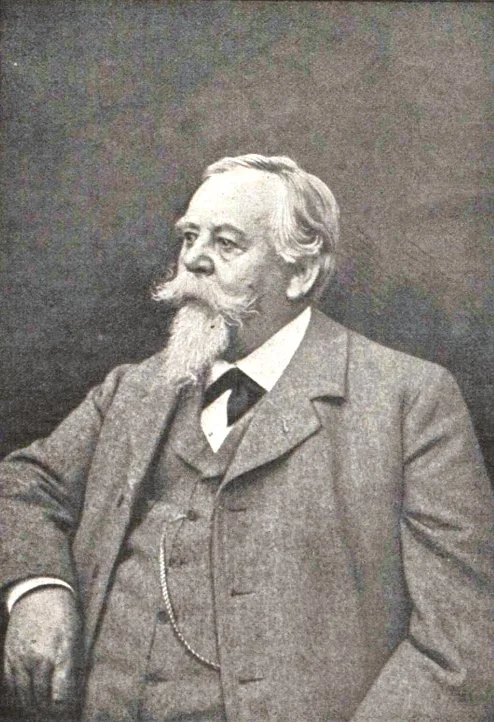By Unknown author - Self-scanned, Public Domain, https://commons.wikimedia.org/w/index.php?curid=40843795
The Chase Cornelius Gurlitt Grade 1 ABRSM 2025 – 2026
Character/story of the piece – as far as I can tell, this is the first time that this piece has been in the ABRSM syllabus. Sometimes this piece is entitled ‘The Hunt’ however ‘The Chase’ is a more appropriate title. Here the player could imagine they are looking for someone who is hiding from them. In the first section, up to bar 16, the player is running around looking for where the person who is hiding. In bars 16 – 28, the player is looking under objects, around corners and so on. In the last part the player has located the person who was hiding. Or perhaps, the player could imagine that there is a treasure going on whilst the music is being played. A quick reference could be made to title, ‘The Chase’, as some of the music sounds as if a horn or trumpet is calling.
Form – this piece is in two sections that are equal in length. This piece is in the key of C major, and it is a lesson in harmony. Gurlitt uses the tonic and dominant chords throughout the piece.
Main part of the music – this should occur at a forte level in bar 30. In the first section, the main part could occur at the beginning of bar 5 at a mezzoforte level.
Phrasing – there are four phrases present in this piece, each being eight bars in length. Each set of two phrases has a question-and-answer quality, and within each phrase, there is a similar scenario. The music is beautifully balanced.
Tempo, time signature and rhythmic patterns – this piece is fast, a tempo of 126 dotted minim beats per minute is appropriate for the character of the music. Some players may have difficulty achieving this speed successfully. Nevertheless, this speed is suitable considering its character. There are conflicting ideas as to how fast this piece should be played. It is interesting to note that music, although written in a triple time signature, sounds as if it is in two time. This is because of the tempo already stated. There is a danger that the player may not hold the long notes for their sufficient length or in some cases, add another beat to some of the bars, thus resulting in a quadruple time signature. The rests must be strictly acknowledged.
Touch/articulation – the R.H. will need to be played with a degree of weight from the shoulder according to the dynamics, the position within the phrase and what part of the bar they are being played on. The upbeats need to be played with lightness and with the feeling of momentum towards the subsequent note. In the L.H. the player must apply some weight and resonance on the longer notes that are tied but less weight on the crotchet notes or chords that are played at the start of a bar. In bars 16 & 17 and bars 24 & 25 the L.H. is part of the melodic line and should be played accordingly.
By Tarekheikal - Own work, CC BY-SA 4.0, https://commons.wikimedia.org/w/index.php?curid=76599827
Dynamics – considering the character and title of the piece the dynamics employed by the player will be reasonably loud in some parts. A range of dynamics should be used from piano to forte. The music will benefit from the application of more dynamics than what is written, one assumes, by Gurlitt himself. The level of the L.H.’s dynamics will make a significant difference to the overall dynamics of the music. To a certain extent the dynamics should sound cumulative overall.
Balance between the hands – for most of the music, the balance should be to the R.H. apart from the previously mentioned bars where the L.H. is part of the melodic line. Nevertheless, the L.H.’s dynamics should not be insignificant as the harmonic basis the L.H. provides is crucial to the character of the piece.
Considerations when playing this piece –
· A small rit. applied in the penultimate bar is appropriate however no other rubato should be used when playing this piece.
· The player will need to consider how long to wait at the end of the piece before gently lifting off their hands.
· Some players may prefer to use a 1 & 2 in the L.H. in bar 1 and a 1 & 5 in bar 7.
· The highest note of a melodic pattern is not necessarily the loudest.
· The music could be transposed to another key.
· Because the music commences on an upbeat the player should consider how this affects the character of the music.
· Pedal could be applied to the long, tied notes.
· Considering that the R.H. plays on thumb on the upbeat the player must be very careful that this note is not overly accented in any way.
· The R.H. patterns, such as those in bar 5 could be practised as a group.



